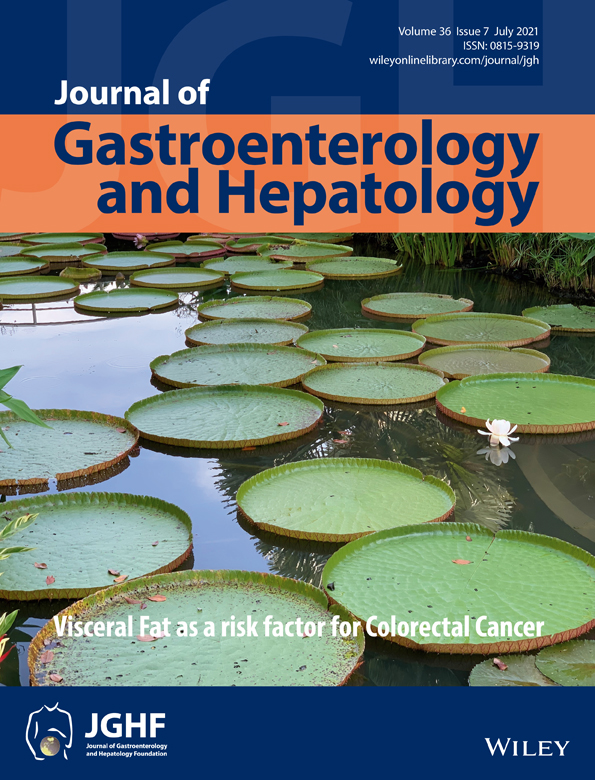Endoscopic removal of entirely embedded esophagus-penetrating foreign bodies (with video)
Declaration of conflict of interest: The authors disclose no conflicts.
Author contribution: Planning and conducting the study were performed by Ping-Hong Zhou and Quan-Lin Li. Collecting data was carried out by Yun Wang, Zu-Qiang Liu, Xiao-Yue Xu, Hao Hu, Wen-Zheng Qin, Wei-Feng Chen, Ming-Yan Cai, Yi-Qun Zhang, and Yun-Shi Zhong. Drafting of the manuscript was performed by Yun Wang, Zu-Qiang Liu, and Quan-Lin Li. Final approval of manuscript was carried out by all authors.
Financial support: This study was supported by grants from the National Natural Science Foundation of China (81873552, 81670483, and 82000507), Major Project of Shanghai Municipal Science and Technology Committee (17ZR1405500 and 18ZR1406700), Shanghai Rising-Star Program (19QA1401900), Chen Guang Program of Shanghai Municipal Education Commission (15CG04), Outstanding Young Doctor Training Project of Shanghai Municipal Commission of Health and Family Planning (2017YQ026), Yangfan Program of Shanghai Municipal Science and Technology Committee (S2020-016), and Youth Foundation of Zhongshan Hospital, Fudan University (2020ZSQN16).
Abstract
Background and Aim
Traditionally, surgery is the only choice for esophageal foreign bodies (FBs) penetrating into the mediastinum or cervical para-esophageal space. Recent progress in endoscopic techniques and devices has made it possible to perform endoscopic procedures in the mediastinum. Here, we describe a novel method to remove the entirely embedded esophagus-penetrating FBs through an endoscopic approach.
Methods
Patients who underwent endoscopic removal of entirely embedded esophagus-penetrating FBs were prospectively enrolled between December 2018 and June 2020. All procedures were performed by using five major steps: localization of the FB; mucosal incision; wound debridement, myotomy, and FB exposure; FB extraction; and closure of the esophageal wound.
Results
A total of five cases of entirely embedded esophagus-penetrating FBs were evaluated, two in children and three in adults. All FBs were successfully removed and extracted using a therapeutic endoscope and a hook knife or a hybrid knife and a grasping forceps as accessories. The average procedure time was 19.0 ± 12.4 min (range 10–40 min). The major surgical procedure was avoided in all patients. The average length of hospital stay was 3.8 ± 2.5 days (range 2–8 days). There were no severe short-term adverse events after all procedures. During the 1 month and 3 months follow-up, no patient developed long-term adverse events including stenosis of the esophagus and fistula formation.
Conclusions
Endoscopic approach was a safe and effective way to remove entirely embedded esophagus-penetrating FBs.




